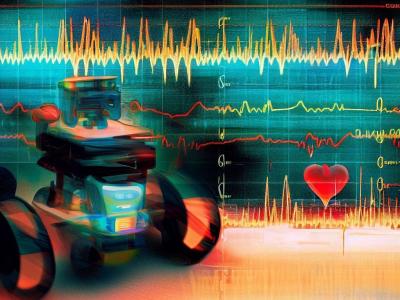direction of arrival estimation
The large number and scale of natural and man-made disasters have led to an urgent demand for technologies that enhance the safety and efficiency of search and rescue teams. Semi-autonomous rescue robots are beneficial, especially when searching inaccessible terrains, or dangerous environments, such as collapsed infrastructures. For search and rescue missions in degraded visual conditions or non-line of sight scenarios, radar-based approaches may contribute to acquire valuable, and otherwise unavailable information.
- Categories:
 3710 Views
3710 Views
A synthetic signal dataset of 12 different modulations (including PSK, QPSK, 8PSK, QFSK, 8FSK, 16APSK, 16QAM, 64QAM, 4PAM, LFM, DSB-SC, and SSBSC) with different DOAs (discrete angles ranging from -60° to 60° with the step size of 1°) is generated using MATLAB 2021a. Regarding the signal model configuration for the data generation, we specify a uniform linear antenna array of M = 5 elements to acquire incoming signals having N = 1024 envelope complex samples, thus conducting an I/Q data array of size 1024 × 2 × 5.
- Categories:
 3470 Views
3470 Views